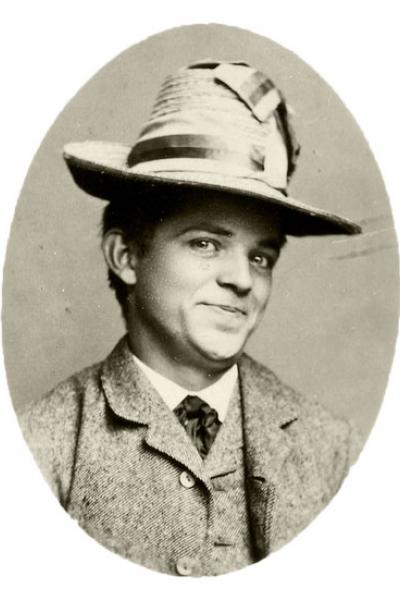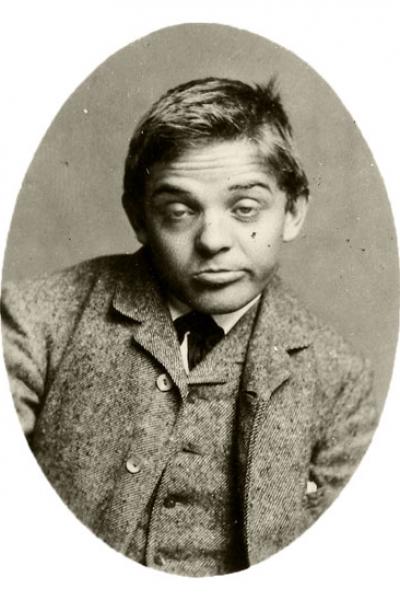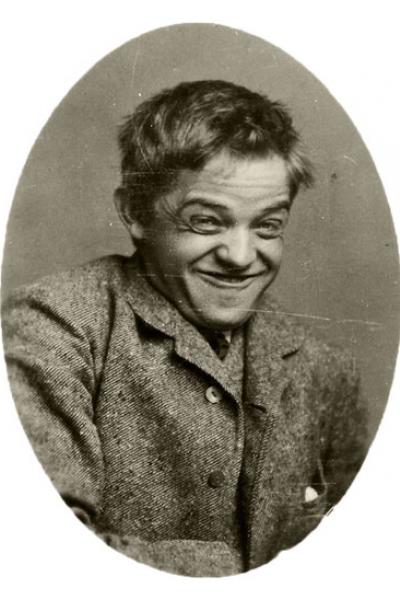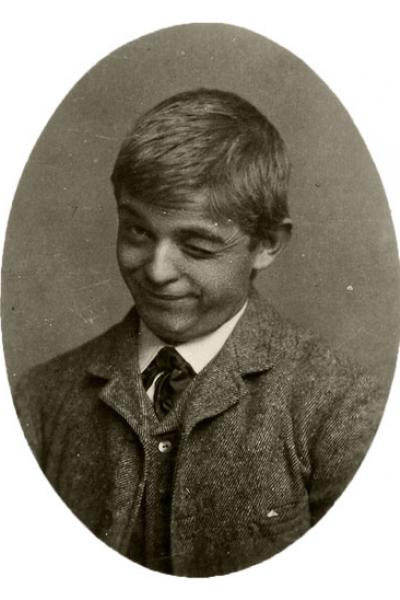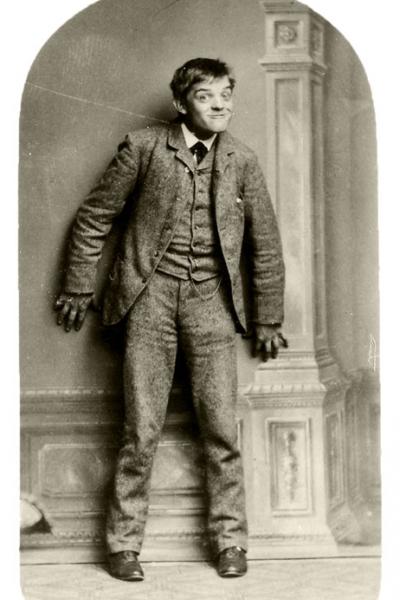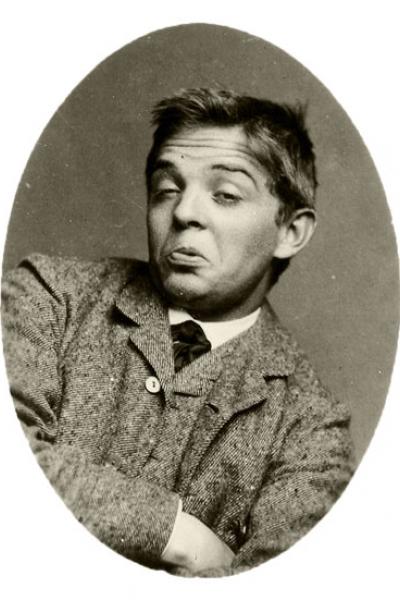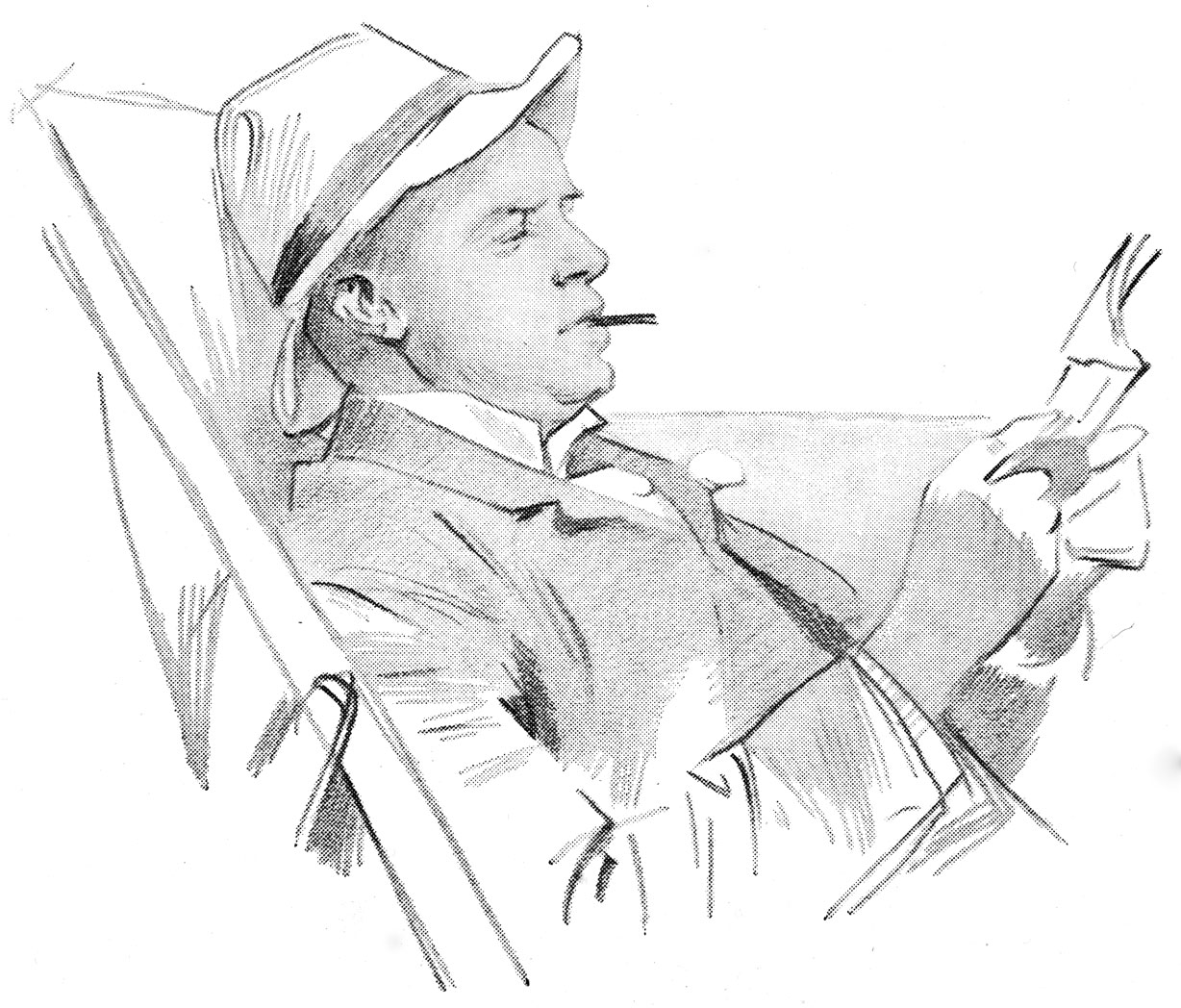Prologue
Who is the most underrated composer of the 20th century? The brilliant American music critic Alex Ross posed this question on his popular blog and provided the answer himself: Carl Nielsen! ‘Orchestral players admittedly tend to groan a little when Nielsen shows up on their music stands; his habit of writing furiously fast figures, and then passing them from one section to another, relay style, can make even an ensemble of virtuosos sound like a mess. Audiences, for their part, often go away from Nielsen performances pleased but a little dazed, not sure what hit them. The rhythmic power of the music is enormous. And the Fourth Symphony, Det uudslukkelige (The Inextinguishable), is dynamic in a way that only Beethoven is dynamic.’
For someone from Denmark it is difficult to imagine an underrated Carl Nielsen, in Denmark he is the country’s greatest composer, second to none. But every culture needs to be seen from the outside, and a large number of recordings by international top names have revealed completely different sides of his music than we have been aware of in his home country. The fact that he continues to be less known worldwide than Sibelius or Grieg is something we simply have to accept.
But his profile as a composer is unique, and the usual filing categories just do not apply. A composer who writes boldly innovative symphonies one day, only to write songs with such popular appeal that they become a part of the national identity the next, may be unparalleled in the history of music.
A composer who writes boldly innovative symphonies one day, only to write songs with such popular appeal that they become a part of the national identity the next, may be unparalleled in the history of music.
Contrasts, however, are ubiquitous in Nielsen’s music, from strict traditional composition techniques to light-footed charm, from symphonic eruptions to small classical forms and labyrinthine circles, from harsh dissonances to catchy sing-along tunes. Again and again, tradition and innovation collide in his late works, and his course can at times seem erratic. But he did not take an intellectual approach to his music, navigating solely by means of his creative instinct. And no one anywhere else could have composed this music. He left his uniquely individual stamp on his own time, not in order to mirror or change it, but only to make it richer.
Mythification is inseparably bound to Nielsen’s importance as a national icon – he was ‘public’ to a degree a composer of concert music would hardly be able to imagine today, and he became a national symbol whose portrait long graced the most widely circulated Danish banknote. Subsequent generations have reverently canonized his oeuvre in Denmark, not least his ideas about ‘natural’ and ‘unhealthy’ music in the essay collection Levende musik (Living music). His way of thinking had a profound impact on Danish music and musical life for generations and totally ignored the myriad of innovations in his Sixth Symphony and the final works. And all along, whispering could be heard about a darker, all too human side of his personality. Only in the last few decades has Carl Nielsen emerged as a complete and authentic figure, most recently through the voluminous publication of letters edited by author John Fellow that has made his correspondence with family and contemporaries available without any proviso.
Just as a face changes appearance when one becomes more familiar with its owner, the image of the composer has become more nuanced and at the same time more contradictory – a human being in existential flux between confidence and doubt, emotion and intellect, sexual appetite and love, impulsiveness and control, popular appeal and high culture. And on top of that perhaps something like the very archetype of a Dane caught between self-esteem coloured by nationalism and self-deprecation as a representative for a very small country and its frequently endangered culture – an ambiguity already sensed by Shakespeare in his portrayal of Hamlet the Dane.
My voice turns thick when I have to talk about myself, when I try to write about myself the ink turns thick and lumpy and my pen spatters – it is quite an appalling sight.
‘My voice turns thick when I have to talk about myself, when I try to write about myself the ink turns thick and lumpy and my pen spatters – it is quite an appalling sight,’ the 61-year-old composer noted in 1926. But by this time he had talked publicly about himself and his position for a quarter of a century. And already during the following year he issued what was to become a classic among Danish memoirs, the book Min fynske barndom (My Childhood on Funen, published as My Childhood in English).
All public figures edit parts of their personality, the boundaries between one’s ‘self’ and one’s ‘role’ can become blurred for anyone, but especially for persons who constantly are confronted with a public image of themselves. When Nielsen talks about himself, or when he is discussed by his contemporaries, it is rarely without reference to his background as the son of a poor farm labourer. Modest and simple, full of antics, a charming lad no one could hold a grudge against for long. ‘If you were furious at him for something he had said or done – as soon as you ran into him, everything was forgotten. You simply had to give in to the magic of his personality,’ said a musician colleague of his.
If you were furious at him for something he had said or done – as soon as you ran into him, everything was forgotten. You simply had to give in to the magic of his personality.
No Danish musician has been celebrated with such frequency and grandeur as Nielsen. But as a darling of the newspapers, he could be firm, impulsive and provocative when the debate turned to cultural trends, often followed by a major storm in the media. In November 1925, after months of celebrations in connection with his 60th birthday, he suddenly commented bitterly on the fate of the artist, claiming that he had often wished to ‘learn a trade or do some useful work.’ And in the last years of his life, weakened by a heart condition, he persistently complained about the ‘chilling indifference to good music’. These were the complaints of a weary man, but they were not unfounded. The global economic crisis threatened orchestras, institutions and associations, the tabloids drowned out genuine public information and education, and the audience increasingly began to prefer the radio and gramophone to the concert hall.
Nielsen’s marriage to the sculptor Anne Marie Carl-Nielsen is a love story about two aspiring artists as well as a piece of social history. An early example of a headstrong and ambitious female artist, she was married to a man whose basic attitude to gender roles mirrored that of most men at the time, and to whom love and sexuality did not necessarily belong together. She suffered terribly under his infidelity and the difficult balance between creative work and love, but remained stubbornly faithful to herself and her art. When she broke off the relationship for a number of years in 1914, Nielsen underwent painful bouts of self-scrutiny in an effort to win her back. But music was larger than himself and the insights gained from it seem to have impacted his life and self-awareness – like the shadow in Hans Christian Andersen’s fairy tale that not only detaches itself from its creator, but in fact overpowers him. Thus Nielsen’s motto ‘music is life’ may have assumed a simple and tangible meaning: the composing process gave answers to challenges that life could not answer
Old rules may be accepted or rejected at will. Schoolmasters no longer take their scholars by the ear; whipping and thrashing have been abolished, abuse and scolding silenced. But let no man assume that he can relax his efforts on that account. It is up to you to listen, seek, think, reflect, weigh, and discard, until, of your own free will, you find what our strict fathers in art thought they could knock into our heads.
Carl Nielsen’s personality may seem inscrutable at times, but as an artist he must be counted among the very greatest of composers. In addition, he was a master of the written word and a cultural critic. When Alex Ross quoted from Nielsen’s essay ‘The Fullness of Time’ on his blog, he received so many responses that he decided to publish the text in its entirety, among other things this thought-provoking piece of advice to all practitioners of art: ‘Old rules may be accepted or rejected at will. Schoolmasters no longer take their scholars by the ear; whipping and thrashing have been abolished, abuse and scolding silenced. But let no man assume that he can relax his efforts on that account. It is up to you to listen, seek, think, reflect, weigh, and discard, until, of your own free will, you find what our strict fathers in art thought they could knock into our heads.’
Translation by Thilo Reinhard

